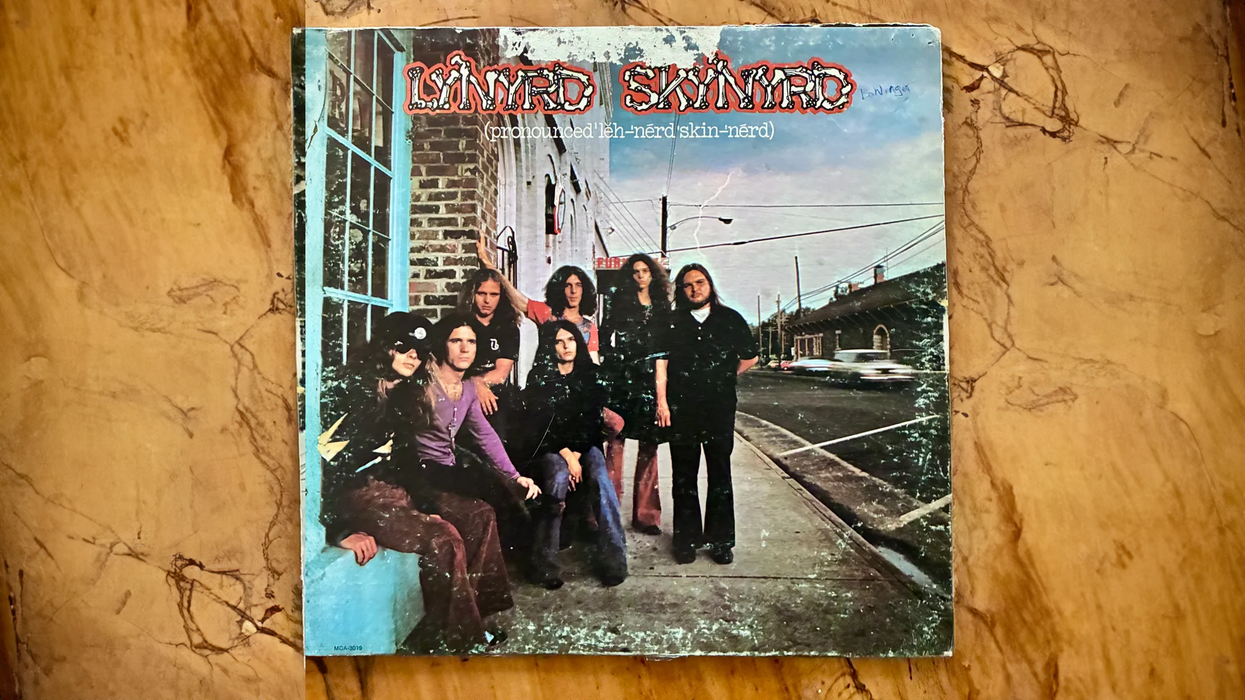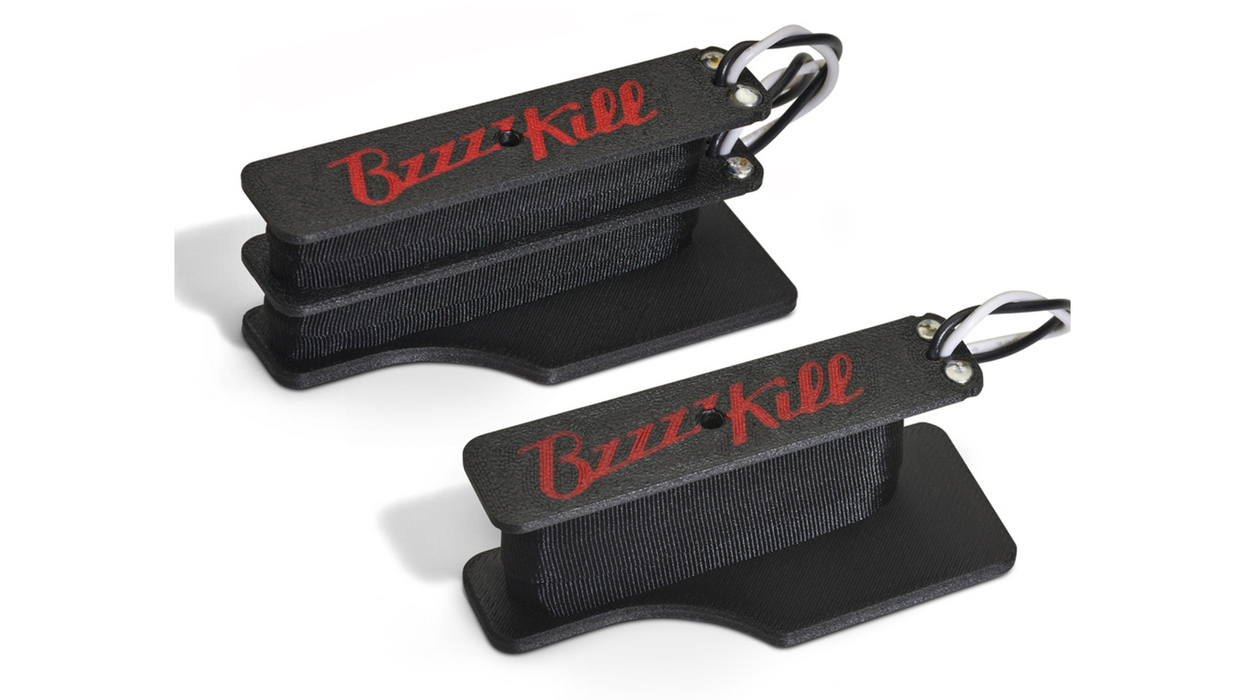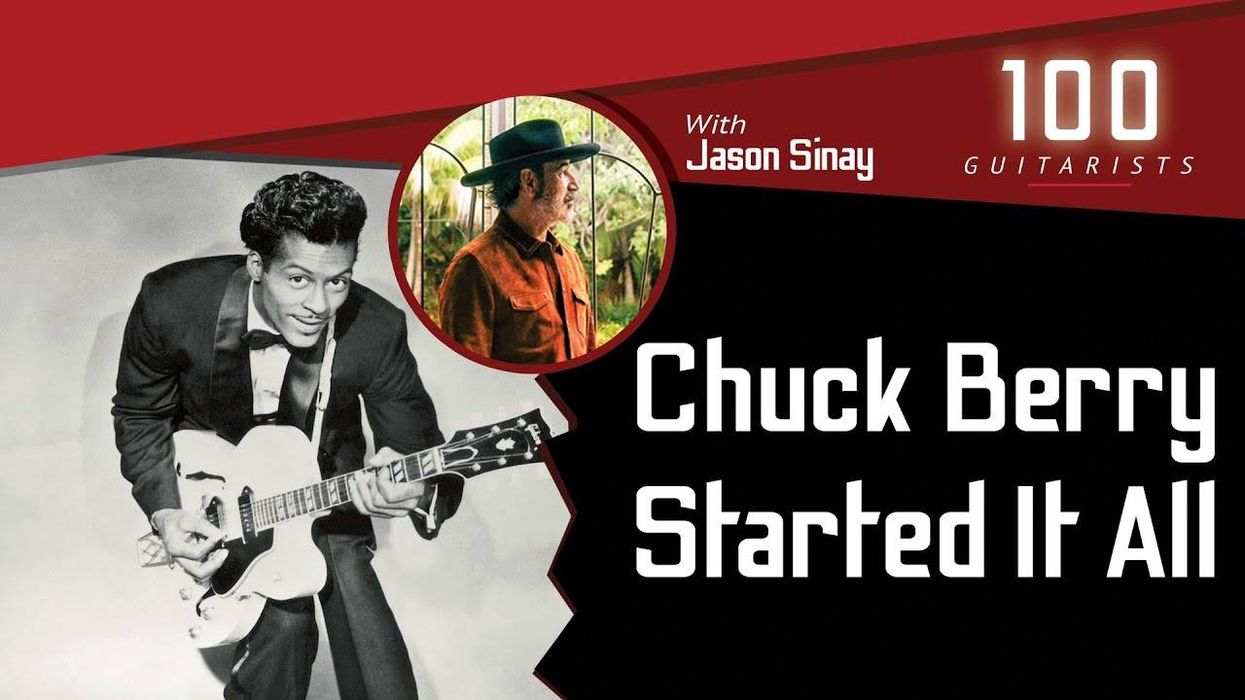In the first installment on this topic [“The Challenges of Wood Sourcing,” December 2016], I focused on some of the current challenges small-scale manufacturers face when sourcing tonewoods for guitar backs and sides. This month, we’ll be looking into top woods. Like back and side woods, some top woods are harder to find in the best grades, but many are still readily available and show no signs of not being so any time soon.
Sitka spruce. One of the more common and versatile top woods is good ol’ Sitka. Sitka remains one of the top dogs for reasons of tone and beauty, but also because we can still get it in very stiff and tight-grained sets. The main reason for this is the sheer size of the Sitka tree. They tend to grow very tall and straight, and in many places still grow to a large diameter. Because Sitka trees are often larger and straighter than other species, they also tend to exhibit less runout in top sets. (Runout is when a top looks darker on one side than the other, and then flips this shade when viewed from the other direction.) As far as supply goes, it seems that Sitka is pretty secure for the near future.
Engelmann spruce. I’ve written previously about the tonal qualities of different top woods, so I won’t go into why we choose Engelmann for a guitar top. Insofar as sourcing, this one is a bit trickier. We can still get nice Englemann, but we have to sort through it more than Sitka to find tops that are quartersawn enough to not display runout. While runout in and of itself does not harm the guitar in terms of tone or durability, it can signal that a top is “off quarter” and may not be as stiff as needed—but not always.
Engelmann trees tend to grow in something of a twist, which means a top can be mostly “on quarter” and good and stiff, but will still display runout. The worst part about runout is that we often can’t tell if a top has much of it until the guitar is built and sanded out all the way for finishing. Because of this one issue, I often advise customers to not choose Englemann for a custom build when the appearance of the top is of the utmost importance. So, while we do still have nice Englemann tops available, one should expect to see a bit of the “flop” in the shading and coloration on them.
Red spruce. Often referred to as “Adirondack” spruce, Appalachian red spruce is considered by many to be the holy grail of top woods. Its strength-to-weight ratio is the highest among common tonewood choices. But sourcing for red spruce is spotty at best. The trees were cut to near extinction in the early part of the 20th century, particularly during World War II. A lot of really nice stuff still stands on national forest land, but because cutting isn’t allowed, our suppliers have to find trees growing on private lands to harvest. Add to that the fact that the species only grows above about 4,000 feet and only in the Appalachian mountain chain, and you can see the issues developing.
At Huss and Dalton, we use red spruce for some tops and exclusively for all our bracing. For many years, we’ve used a stash cut from White Top Mountain here in western Virginia that we bought in log form. This spruce was cut from federal land due to an infestation of pine bark beetle that was in some of it. We purchased about 50 logs in 2004 and still have some of that wood as I’m writing this column. Very little of it was suitable for tops, but we’ve had a terrific supply of brace wood for all those years from this one cutting. (I’m also happy to report that the select cutting of this stand worked and the beetle was beaten back from the remaining trees.)
Red spruce trees grow fast, which often makes for very wide grain patterns, and, like Englemann, they tend to grow in a twist, which results in runout appearing. Most of our red spruce these days comes from the Canadian side of the border, and while we have a good supply, we usually reject more red spruce than other top woods—often due to stiffness issues and runout. Going forward, red spruce will continue to be both sought after and hard to get in large quantities.
Italian/German/European spruce. I lumped these together because they are usually the same species—just grown in different countries. Bachmann Tonewoods harvests trees from the Italian Alps that are of the highest quality and the company is a fantastic source for these sought-after tops. German spruce has not been readily available for some time, so getting any tops that are actually German is almost impossible. The good news here is that the Italian wood is as good (if not better) and is of the same species, so we tend to just call it all “European” at this point. We get some terrific tops to use, both of the plain variety and with beautiful bear-claw figuring.
Overall, we are still able to get top-quality tonewoods for guitar tops. With a little common-sense conservation, we should be able to continue to do so for generations to come.











![Rig Rundown: Russian Circles’ Mike Sullivan [2025]](https://www.premierguitar.com/media-library/youtube.jpg?id=62303631&width=1245&height=700&quality=70&coordinates=0%2C0%2C0%2C0)






